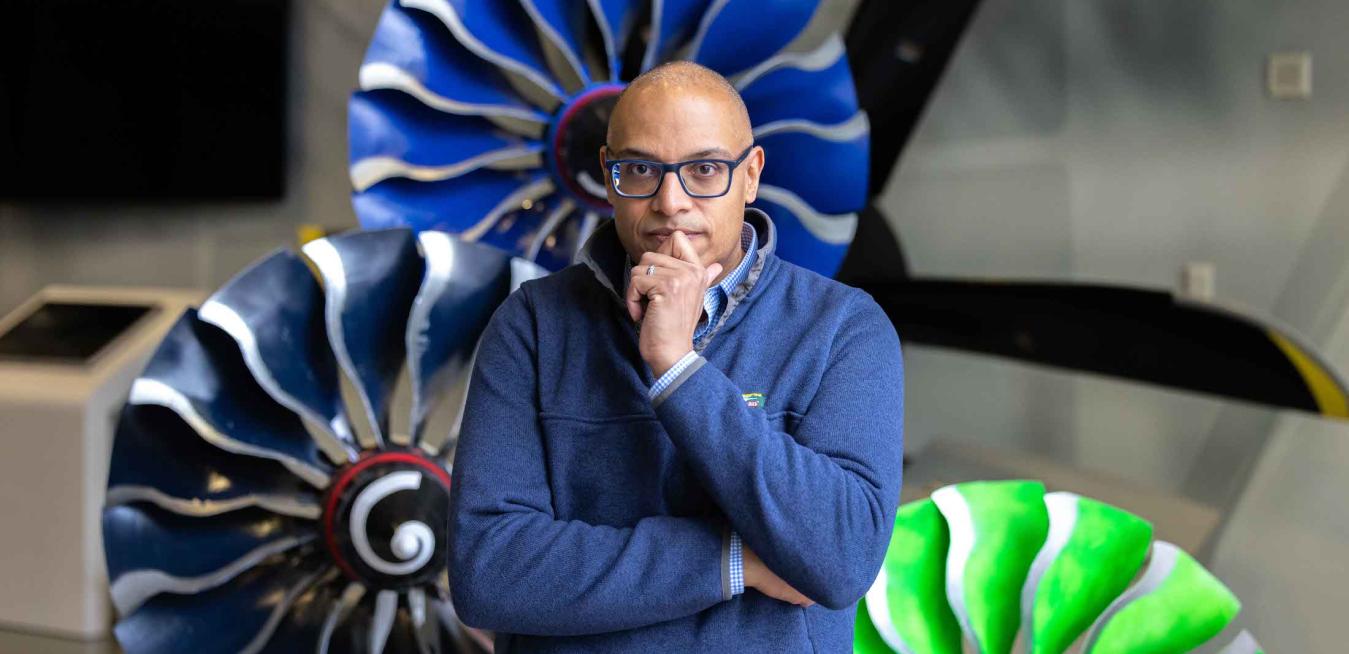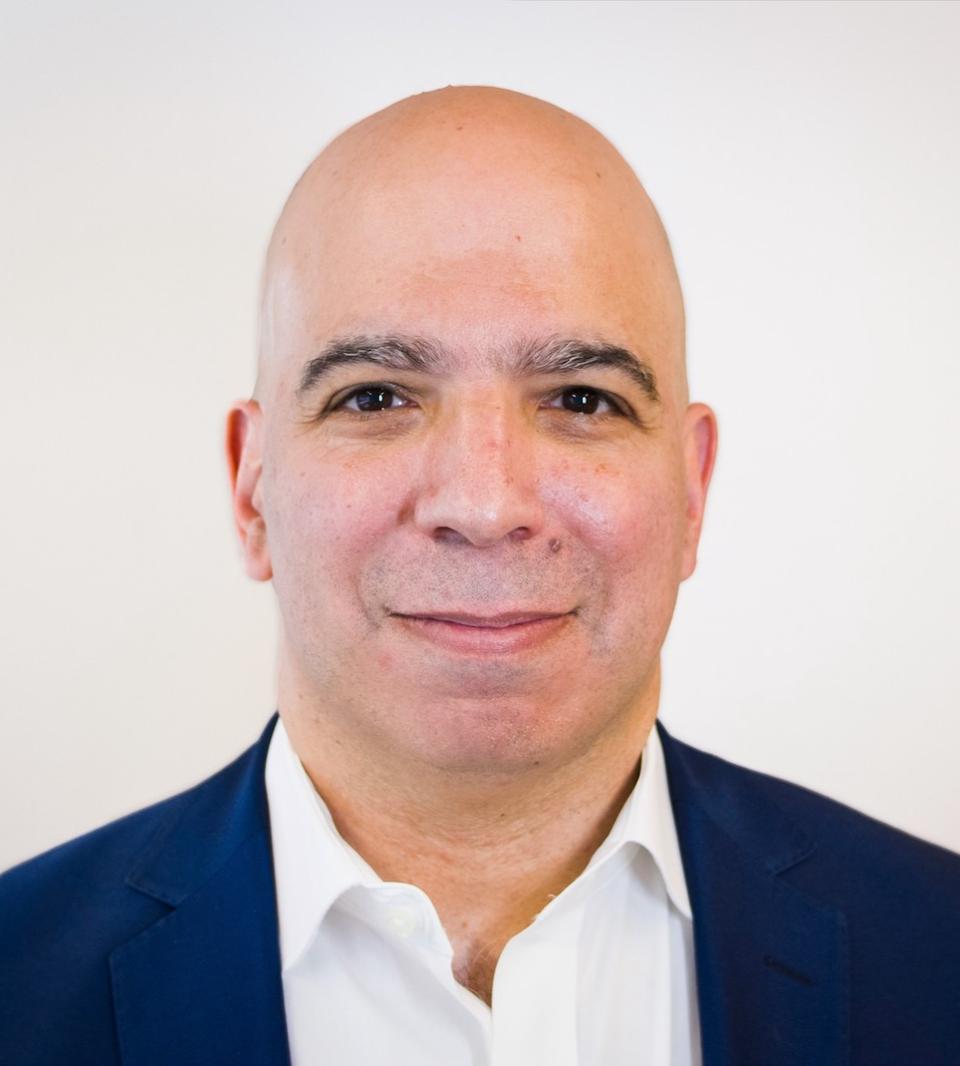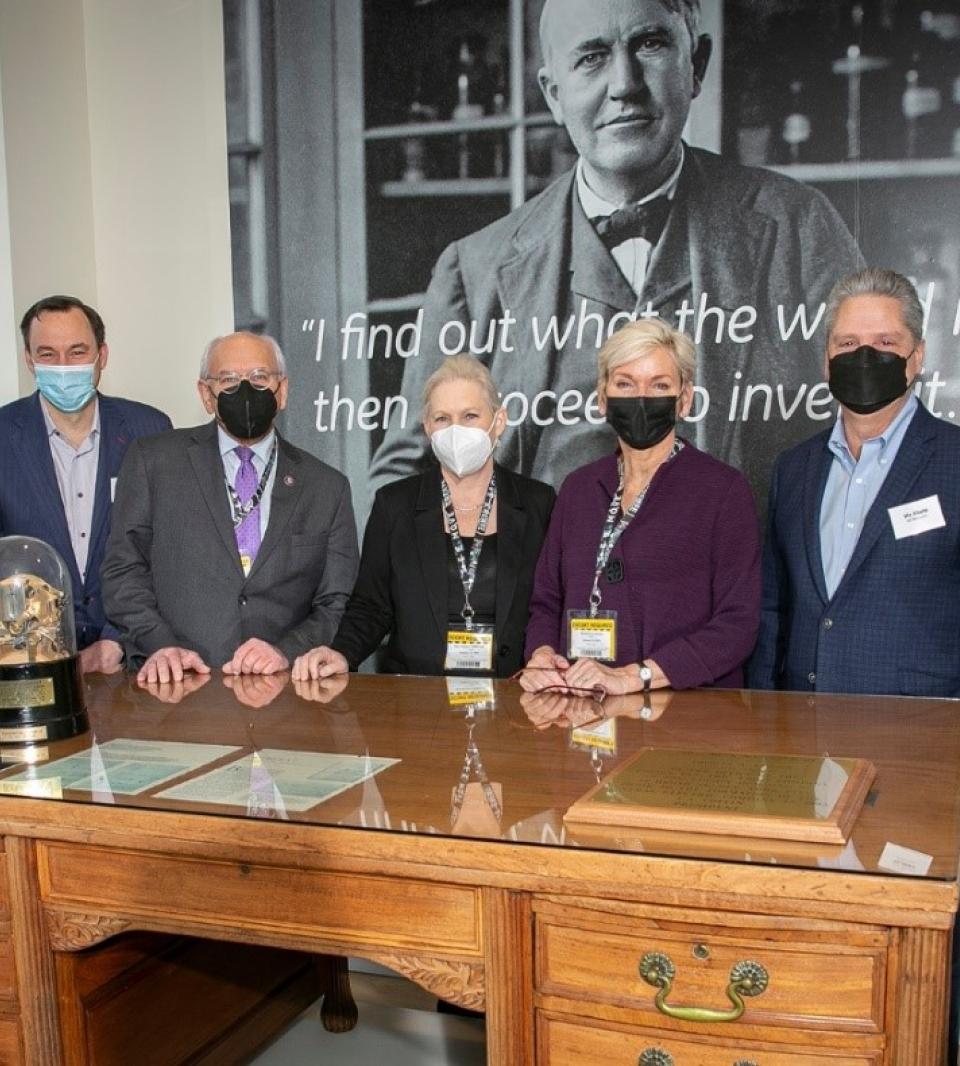- Award supports two-year, $3.3 million pre-feasibility study to assess the viability of a direct air capture (DAC) system powered by nuclear energy.
- GE Vernova is also part of two other teams selected for award negotiations that support early-stage project development of DAC regional hubs.
- Will help accelerate GE Vernova’s plans to deploy an economical and commercially scalable DAC solution.
For media inquiries, please contact:
Todd Alhart
Director, Innovation Communications
GE Aerospace
+1 518 338 5880
[email protected]
business unit
tags
Fighting today’s emissions is one kind of project, but what about fighting yesterday’s? The world has been pumping out carbon dioxide since the industrial revolution, building a mountain of CO2 that won’t be dislodged by new solar power or electric vehicles. An emerging approach to attack this legacy CO2 is direct air capture, or DAC.
When Chris Day was in sixth grade, he didn’t feel like one of the cool kids. That is, until the day he broke his battery-powered toy truck and brought it to his dad, James. Instead of buying a new one — Chris knew there was little chance of that — James took a screwdriver to the chassis and pulled out the motor. Then he showed Chris how to wire it to a propeller from a balsa wood airplane. They hooked up a 9-volt battery and voilà: a homemade electric fan. “I brought the fan to school and the kids went crazy,” Chris remembers.
Growing up in Senegal, Ibrahima Ndiaye spent a lot of time taking apart radios and fixing TV sets and learning math from his father, a teacher at a local college. He went on to study electrical engineering in Morocco, got his PhD in Canada, and a decade ago landed at GE Research, in Niskayuna, New York.
Research has been a big deal at GE since the first decade of its existence. In 1900, Thomas Edison’s new company created the General Electric Research Laboratory, devoted to original research that would help the company innovate and maintain its competitive edge. It was an idea led by GE’s chief engineer at the time, Charles P. Steinmetz, who argued that innovation worked best when great minds were brought together under one roof. The lab began operations in a barn behind Steinmetz’s house in Schenectady, New York, before moving to its legendary headquarters there a year later.
Some of us might feel like we spent the past two years living under a rock. GE researcher Deepak Trivedi has been working there.
Speaking at the Techonomy Climate 2022 conference in Mountain View, California, on Tuesday, Roger Martella, GE’s chief sustainability officer, wanted to quickly underscore what brought him there: “I think history will look back on this day, this month, this year, and say this was the era of climate innovation,” he said.
GE Chief Technology Officer Vic Abate doesn’t normally play the role of tour guide, but these weren’t your usual visitors. U.S. Energy Secretary Jennifer Granholm, joined by U.S. Sen. Kirsten Gillibrand and U.S. Rep. Paul Tonko, spent a whirlwind one hour touring GE Research’s storied campus in upstate New York. “Visiting GE Research is like taking a trip into the future and being able to see firsthand what’s coming,” Abate reflected afterwards.
An atmosphere composed almost entirely of carbon dioxide. Clouds made of sulfuric acid. Daytime highs reaching 880 degrees. Let’s face it, a trip to Venus isn’t for the faint of heart. And yet the second planet from the sun has suddenly become the object of renewed interest, with two NASA missions announced this summer and a third by the European Space Agency.
With the suppleness of a gymnast and the strength of a football player, a robot in the shape of a giant earthworm recently slithered through and around dirt, small rocks and tree roots. The tunnel it dug was comparable to the typical trenchless methods used today, but the journey marked a significant milestone for the prototype: It demonstrated the feasibility of using a so-called soft robot to burrow autonomously through tough terrain quickly and without breakdowns.













